Understanding the Cost of Weeds Pulling
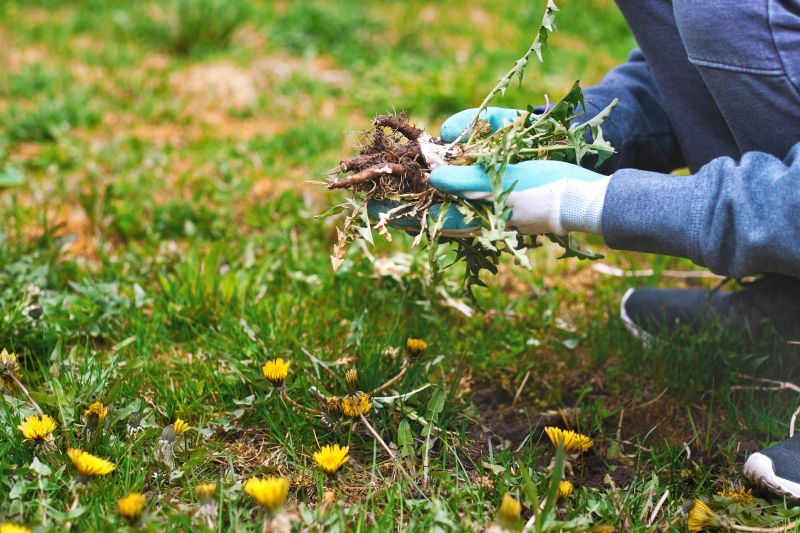
Larger properties typically incur higher costs due to increased labor and time required for weed removal.

Heavier infestations demand more intensive efforts, affecting overall pricing.
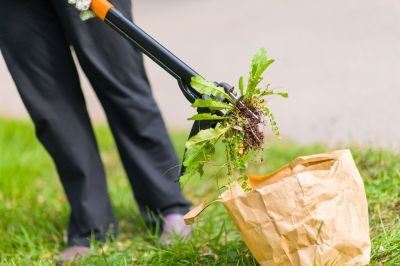
Difficult-to-reach areas may increase costs because of specialized equipment or additional labor.
| Factor | Impact on Cost |
|---|---|
| Property Size | Larger areas require more labor and materials, increasing costs. |
| Weed Type | Certain weeds are more resistant and demand specialized removal techniques. |
| Frequency of Service | Regular maintenance can reduce overall costs over time. |
| Access Difficulty | Hard-to-reach areas may require additional equipment or labor. |
| Seasonal Timing | Peak growing seasons might raise costs due to increased effort. |
The cost of weeds pullings varies based on the scope and specifics of the property. Larger properties with dense weed growth generally require more resources, leading to higher expenses. Accessibility challenges can further influence pricing, especially in areas with limited entry points or complex terrain. Seasonal factors also play a role, with peak growth periods demanding more intensive work. Proper planning and understanding these elements can aid in estimating budgets accurately for effective weed management.
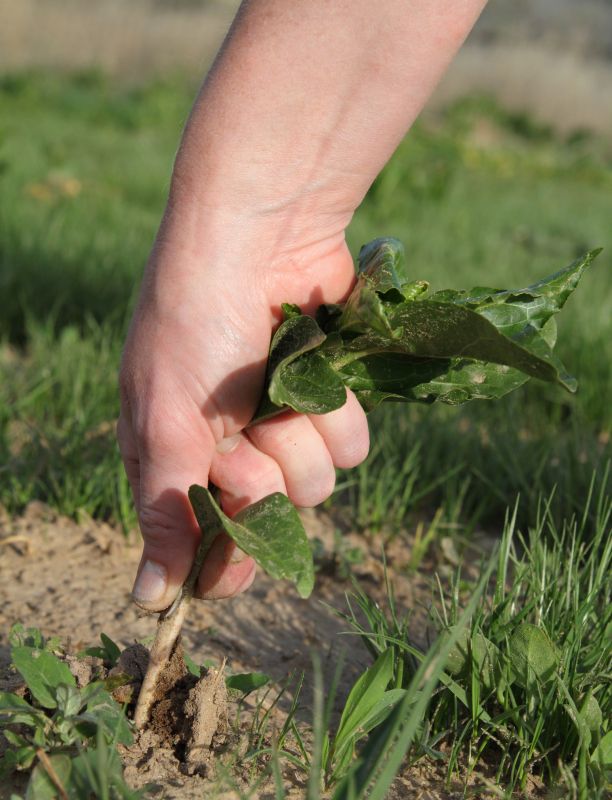
Specialized tools and machinery influence the cost depending on their complexity and usage.
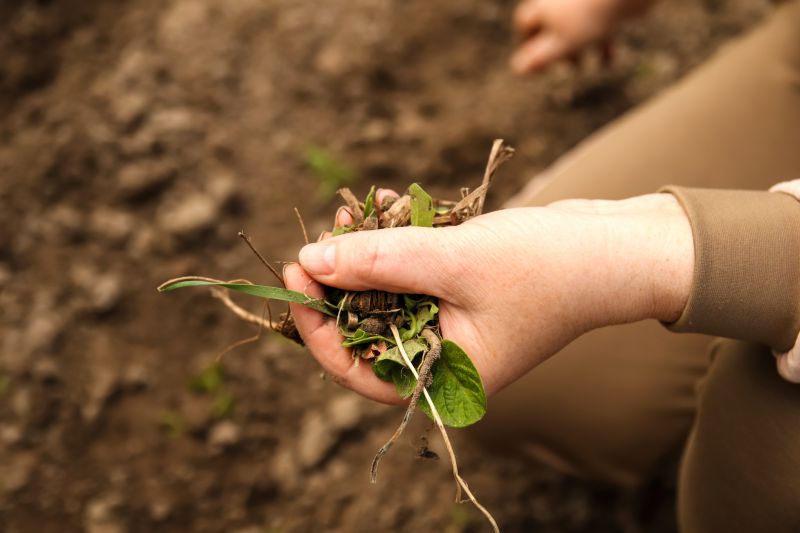
Different methods, such as manual pulling or chemical treatments, vary in cost effectiveness.
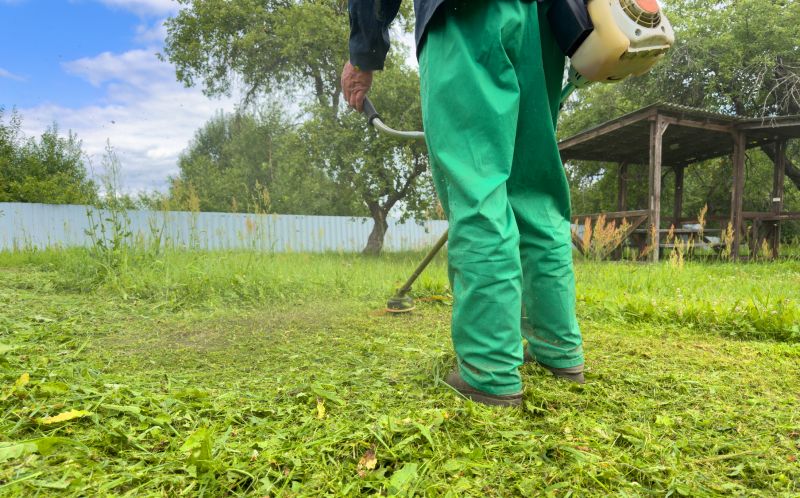
The amount of manual effort required impacts overall expenses.
| Service Type | Average Price Range |
|---|---|
| Manual Weeding | $50 - $150 per hour |
| Mechanical Weeding | $100 - $300 per acre |
| Chemical Treatment | $75 - $200 per application |
| Complete Property Weeding | $500 - $2000 |
| Seasonal Maintenance | $300 - $1000 |
